Facts about the industrial revolution
The Industrial Revolution was a period of profound change, often described as a turning point in history. Starting in the late 18th century, it marked the transition from manual production methods to machine-based manufacturing.
The revolution began in Britain, thanks to a combination of natural resources, political stability, and a burgeoning population eager for new opportunities. This era saw the emergence of factories, urbanization, and a significant shift in lifestyle, laying the groundwork for the modern world.
The Dawn of Machines: Key Inventions that Sparked Change
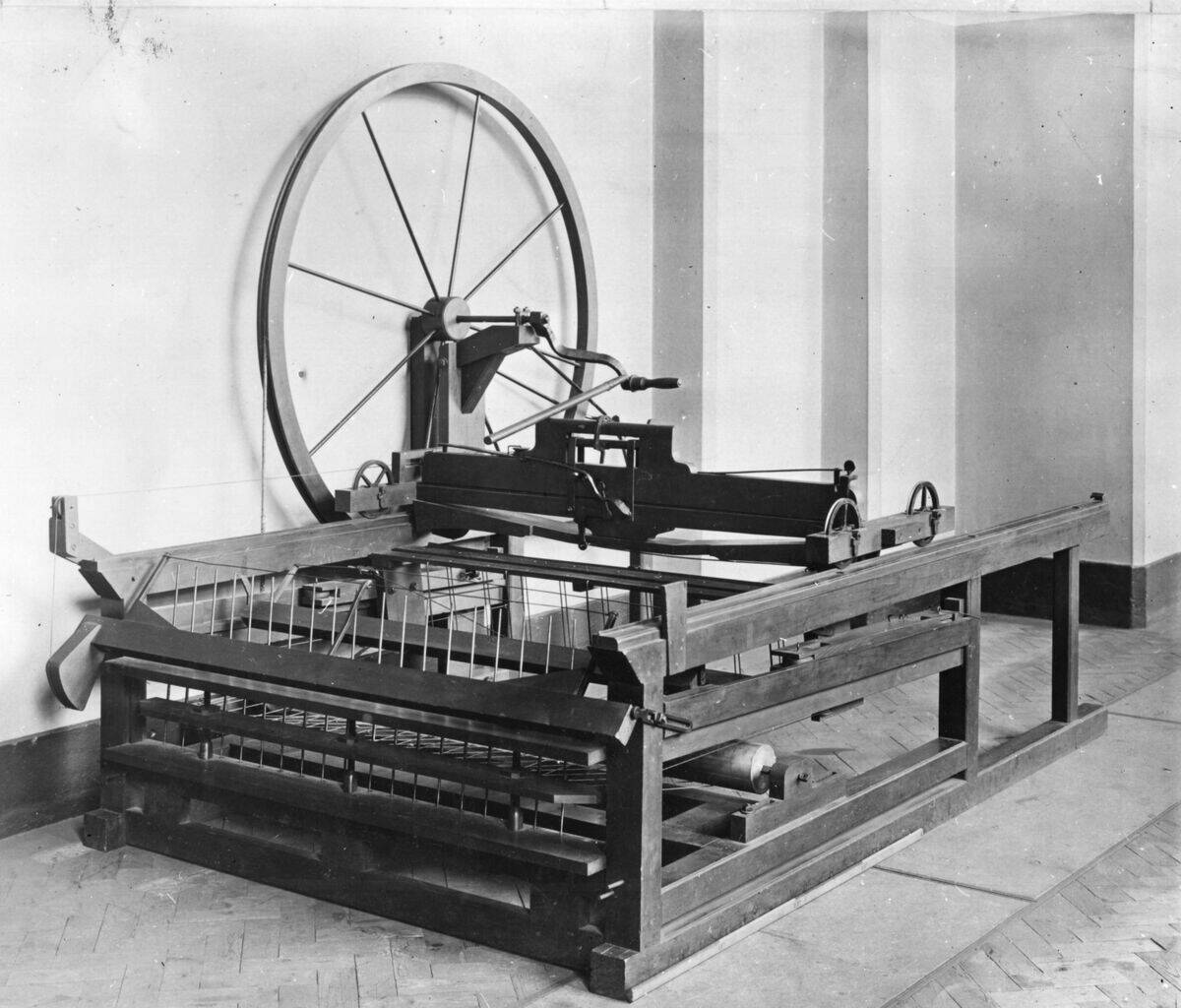
The Industrial Revolution was powered by groundbreaking inventions. The spinning jenny, invented by James Hargreaves in 1764, revolutionized the textile industry by allowing a single worker to spin multiple threads simultaneously.
Meanwhile, the steam engine, improved by James Watt after being invented by Thomas Savery and developed by Thomas Newcomen, provided a new source of power, transforming industries and transportation. These inventions not only increased production efficiency but also paved the way for further technological advancements, setting the stage for rapid industrial growth.
From Fields to Factories: The Shift from Agrarian Society
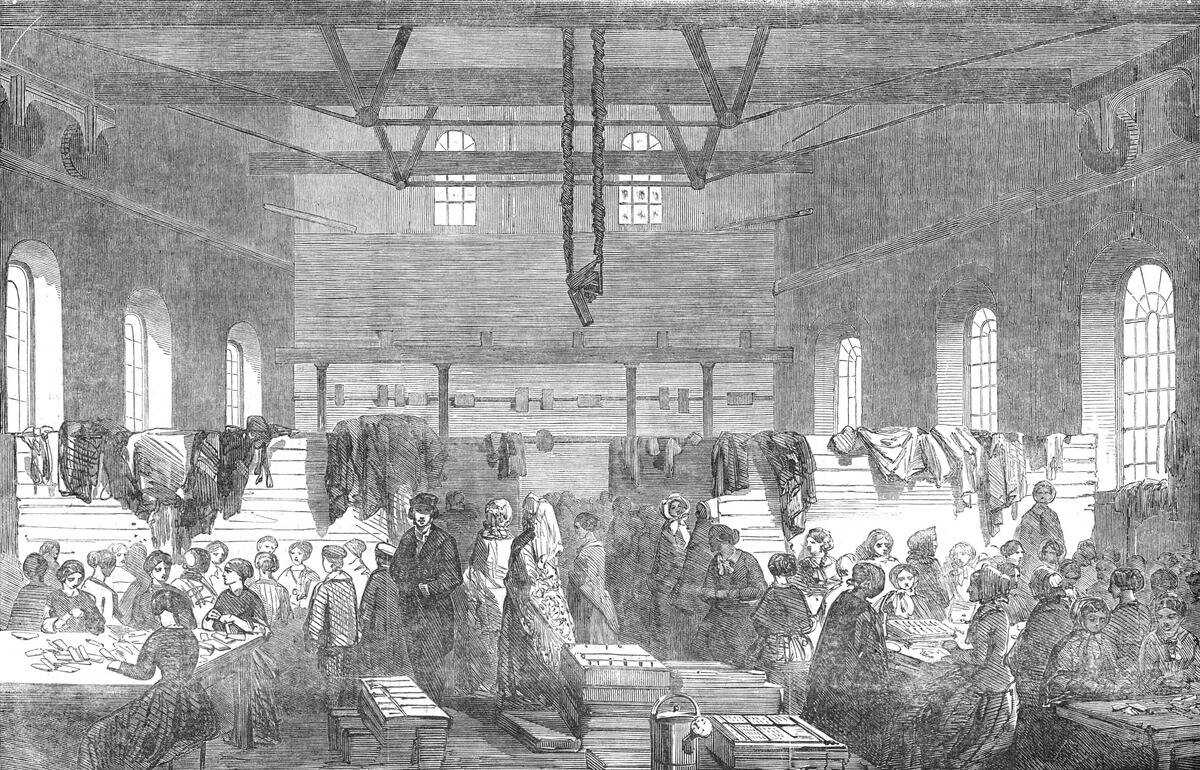
Before the Industrial Revolution, most people lived in rural areas and worked in agriculture. However, technological advancements and increased demand for goods led to a migration from fields to factories.
This shift was characterized by the enclosure movement in Britain, which privatized common lands and displaced many farmers. As a result, people flocked to cities in search of factory jobs, fundamentally altering the social and economic landscape and accelerating urban growth.
Spinning the Future: The Textile Industry’s New Threads
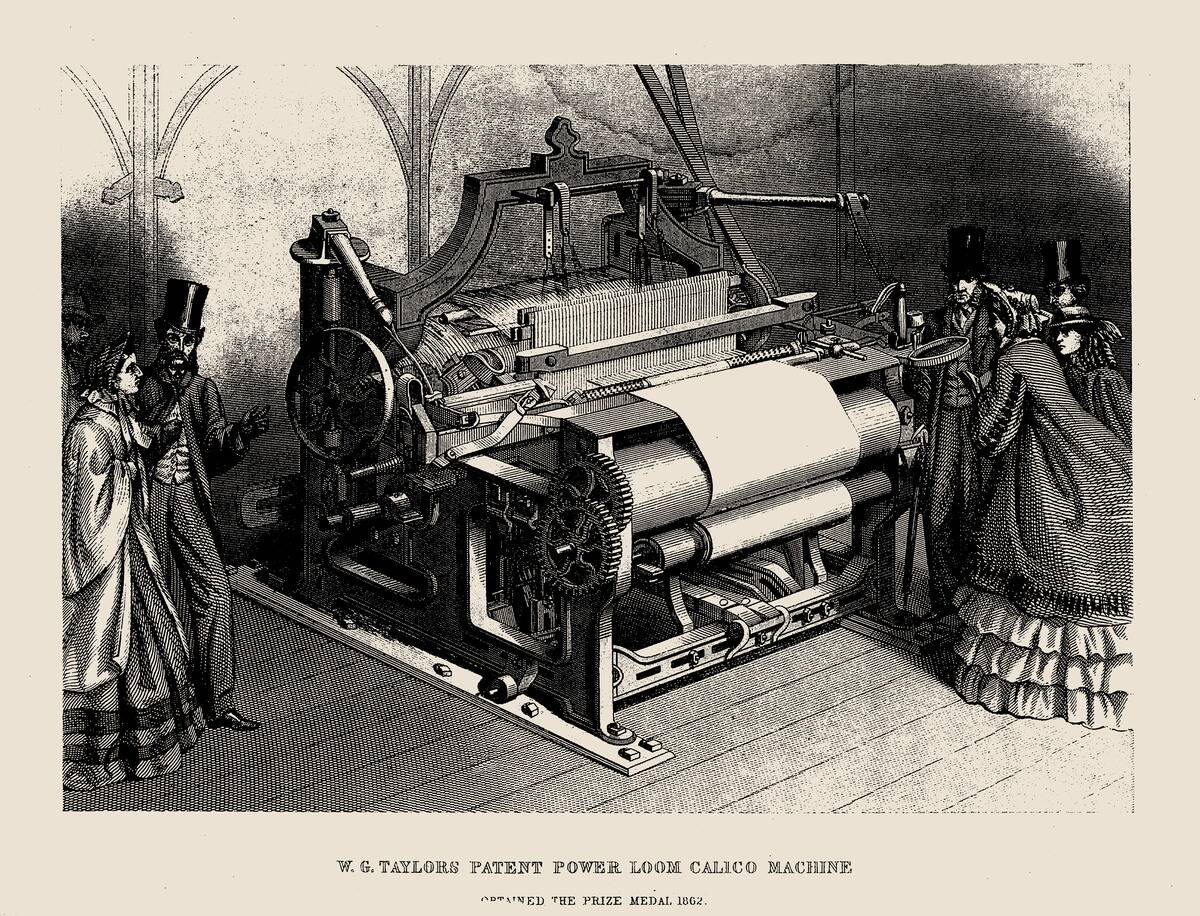
The textile industry was at the heart of the Industrial Revolution, experiencing dramatic changes with new machinery. The power loom, developed by Edmund Cartwright in the 1780s, automated the weaving process, increasing speed and output.
Coupled with the spinning mule, invented by Samuel Crompton, these innovations drastically reduced the cost of textiles. This sector became the prototype for industrialization, showcasing the potential of mechanized production and transforming Britain into a textile powerhouse.
Steam Power: All Aboard the Locomotive Revolution
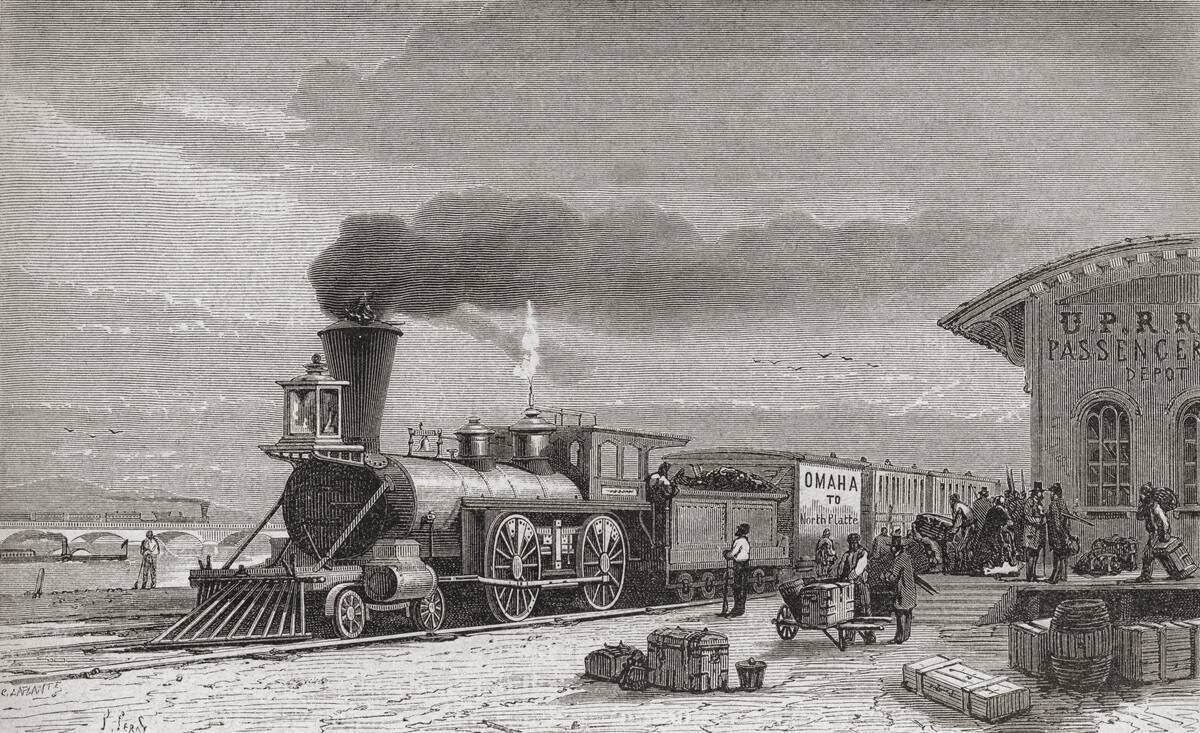
Steam power was a game-changer, particularly in transportation. The invention of the steam locomotive, like George Stephenson’s ‘Rocket’ in 1829, revolutionized rail travel.
Railways expanded rapidly, shrinking travel times and connecting distant cities, which facilitated trade and movement of goods. This not only boosted the economy but also transformed society by making travel more accessible, igniting a new era of connectivity and economic integration across regions.
Iron and Steel: Building the Backbone of Industry
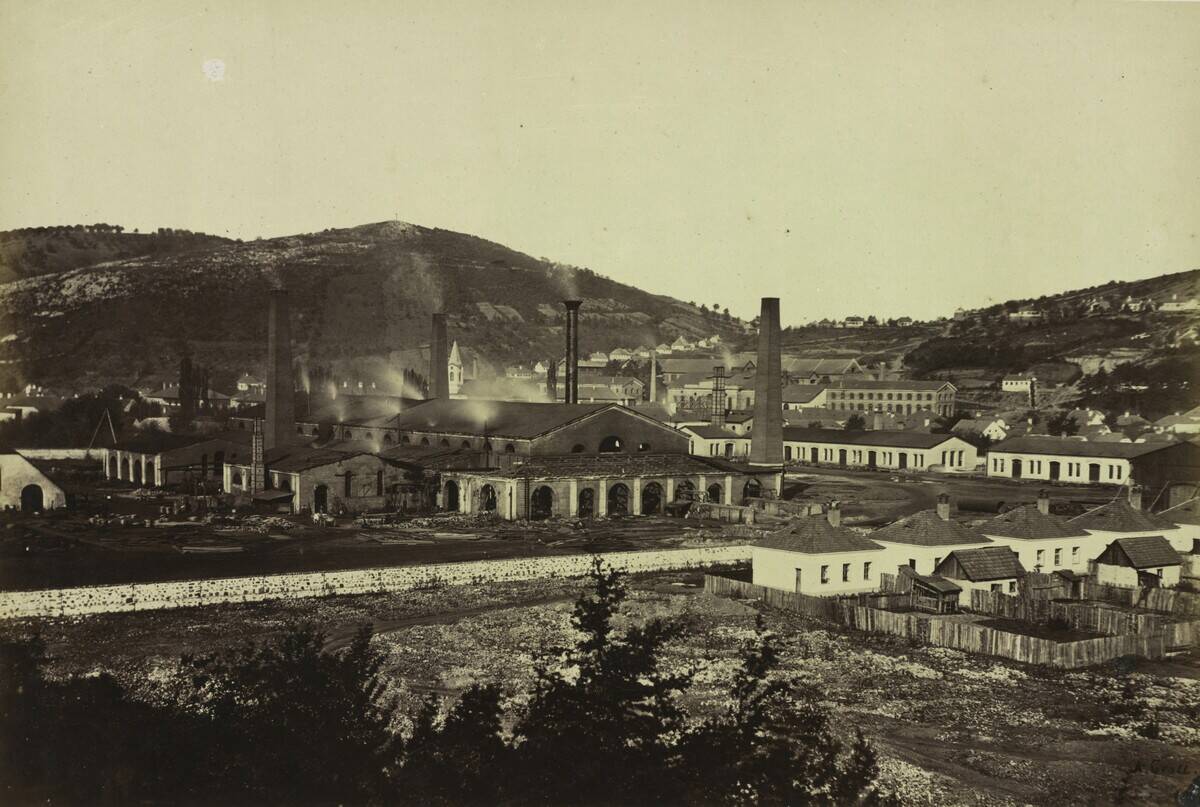
Iron and steel became the foundation of industrial development. The Bessemer process, invented by Henry Bessemer in the 1850s, allowed for the mass production of steel, which was stronger and more durable than iron.
This innovation led to the construction of skyscrapers, bridges, and railways, fueling further industrial expansion. The availability of cheap steel enabled the construction of infrastructure that defined the industrial age and supported the growth of cities and industries worldwide.
Urbanization: The Rise of the Industrial City
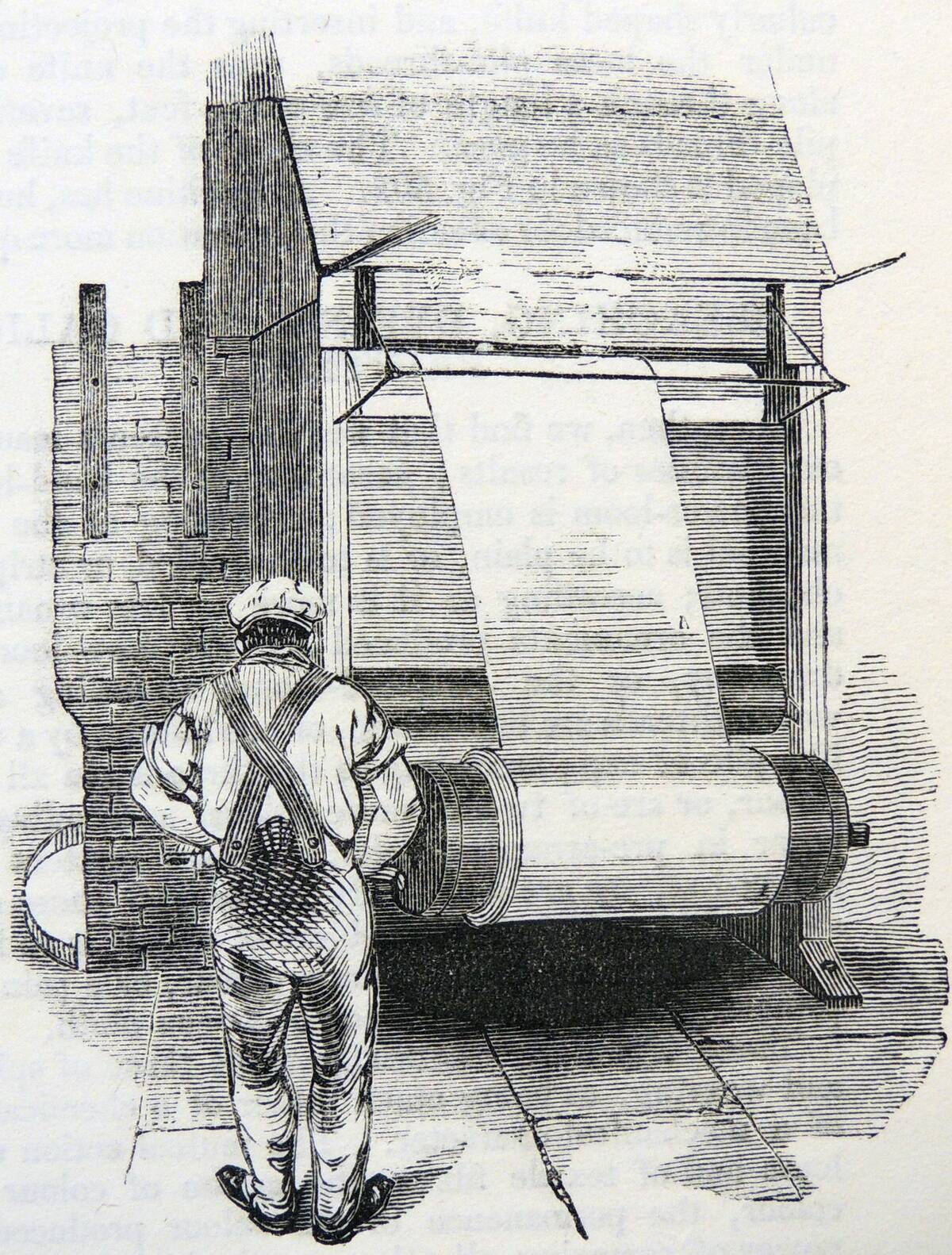
Industrialization spurred rapid urbanization, transforming small towns into bustling cities. Manchester, known as “Cottonopolis,” epitomized this change, becoming a major industrial hub. Cities grew haphazardly, often without adequate infrastructure, leading to overcrowded housing and poor living conditions.
Despite these challenges, urban areas offered opportunities and an exciting new social environment. The rise of cities during the Industrial Revolution marked a pivotal shift from rural life, reshaping human settlement patterns.
Child Labor: Little Hands in Big Machines
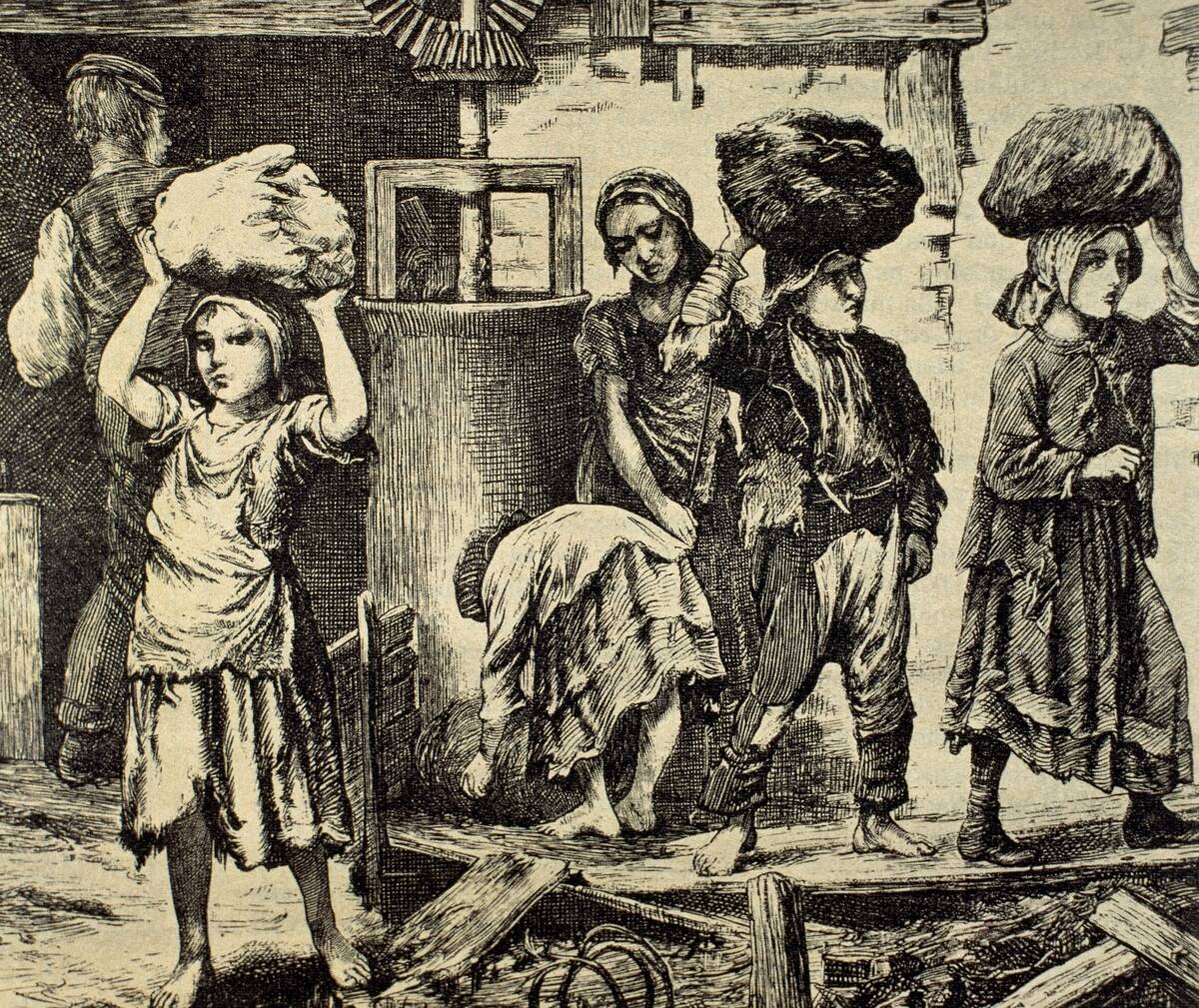
Child labor was a grim reality of the Industrial Revolution. Children as young as five worked long hours in factories and mines under harsh conditions. They were favored by employers for their small size, which allowed them to operate or fix machinery in tight spaces.
The Factory Acts, starting in 1833, sought to address these abuses by regulating working hours and conditions, but change was slow. The plight of child workers highlighted the darker side of industrial progress.
Daily Life in the Industrial Age: Work, Rest, and Play
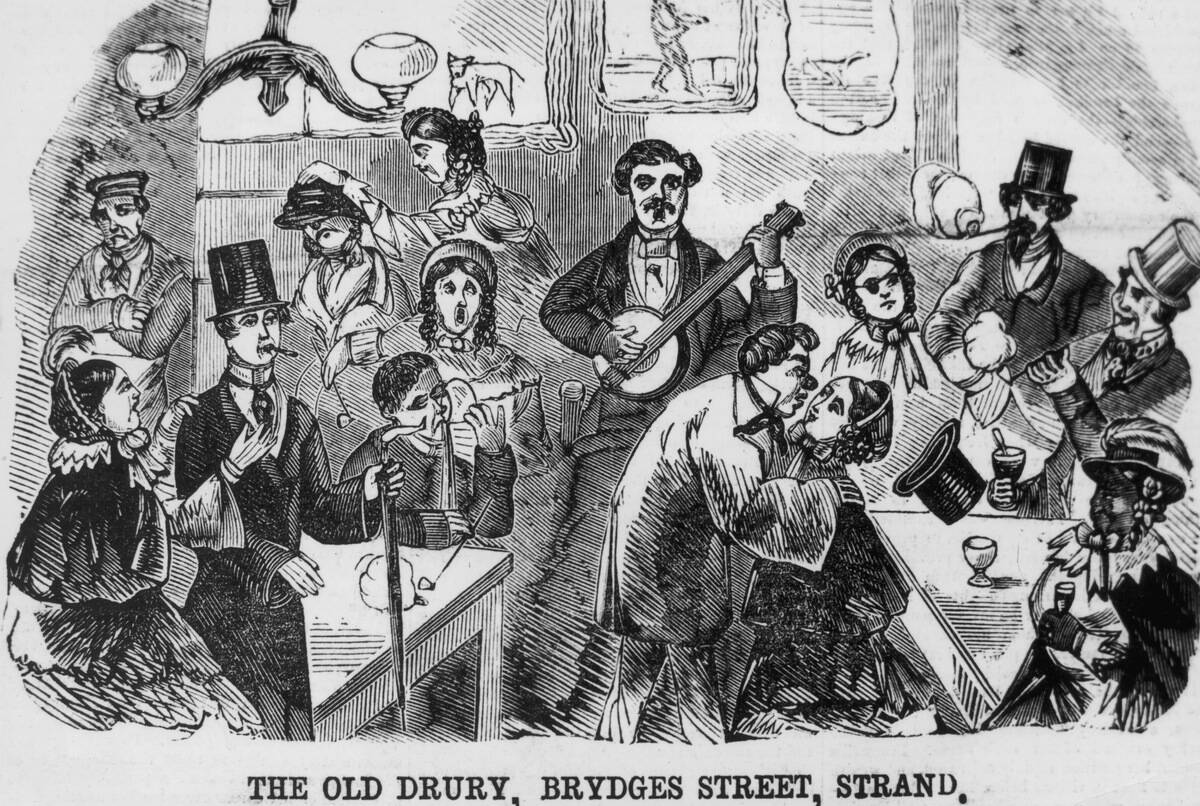
Life during the Industrial Revolution was a mix of work, rest, and play, albeit with a heavy emphasis on work. Factory workers toiled for long hours in demanding conditions, with little time for leisure.
Despite this, new forms of entertainment emerged, such as music halls and public parks, offering a respite from the drudgery of industrial life. The era also saw the rise of consumer culture, with an increasing array of goods available to those who could afford them.
Famous Figures: Innovators and Industrial Titans
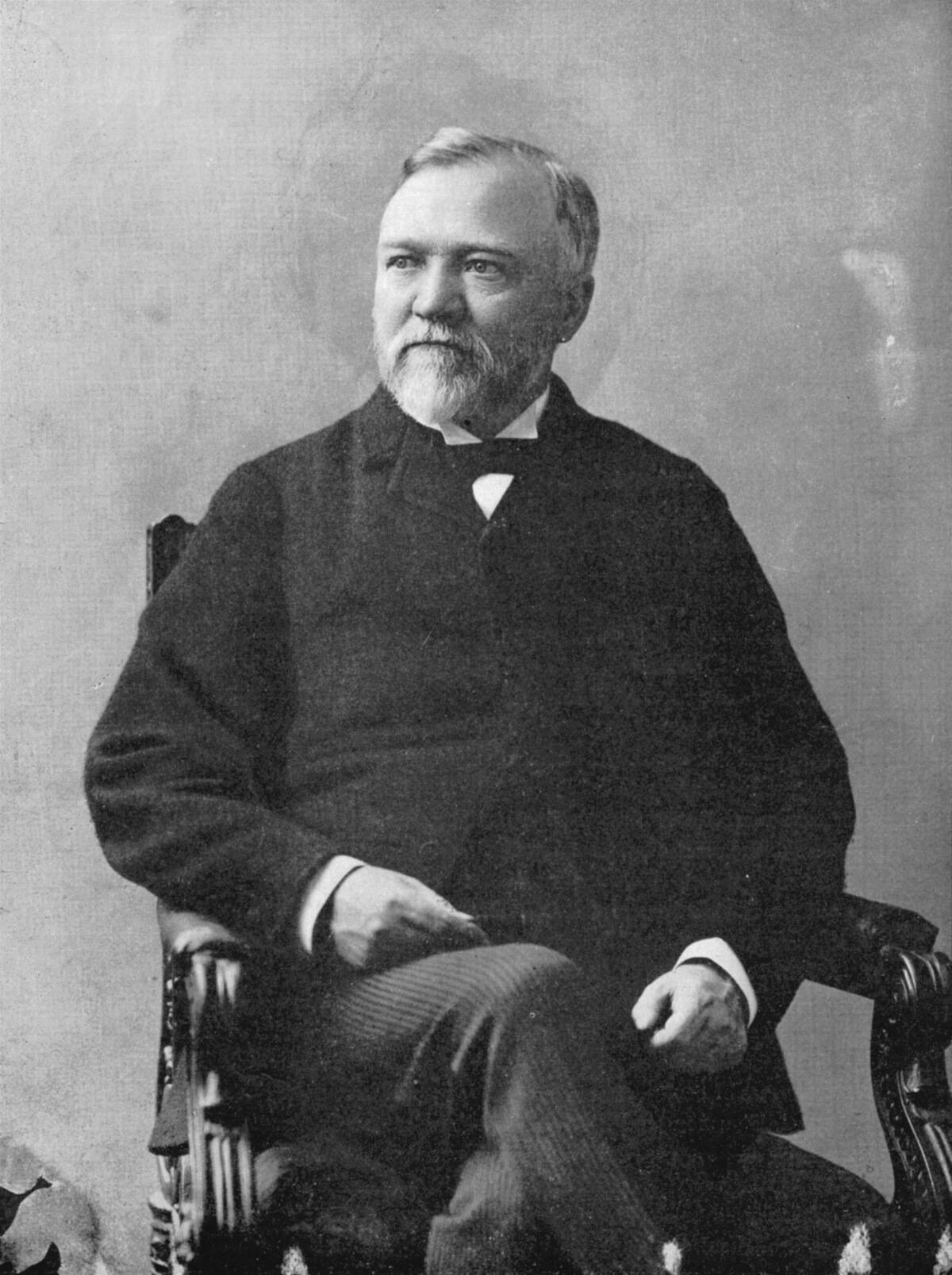
The Industrial Revolution was driven by remarkable individuals whose innovations shaped the era. Figures like Isambard Kingdom Brunel, a pioneering engineer, revolutionized transportation with his designs for railways and steamships.
Meanwhile, industrialists like Andrew Carnegie (pictured) and John D. Rockefeller amassed fortunes by dominating the steel and oil industries. Their contributions were instrumental in propelling industrial growth, leaving a legacy of innovation and entrepreneurship that continues to inspire future generations.
The Global Impact: How the Revolution Spread Beyond Britain
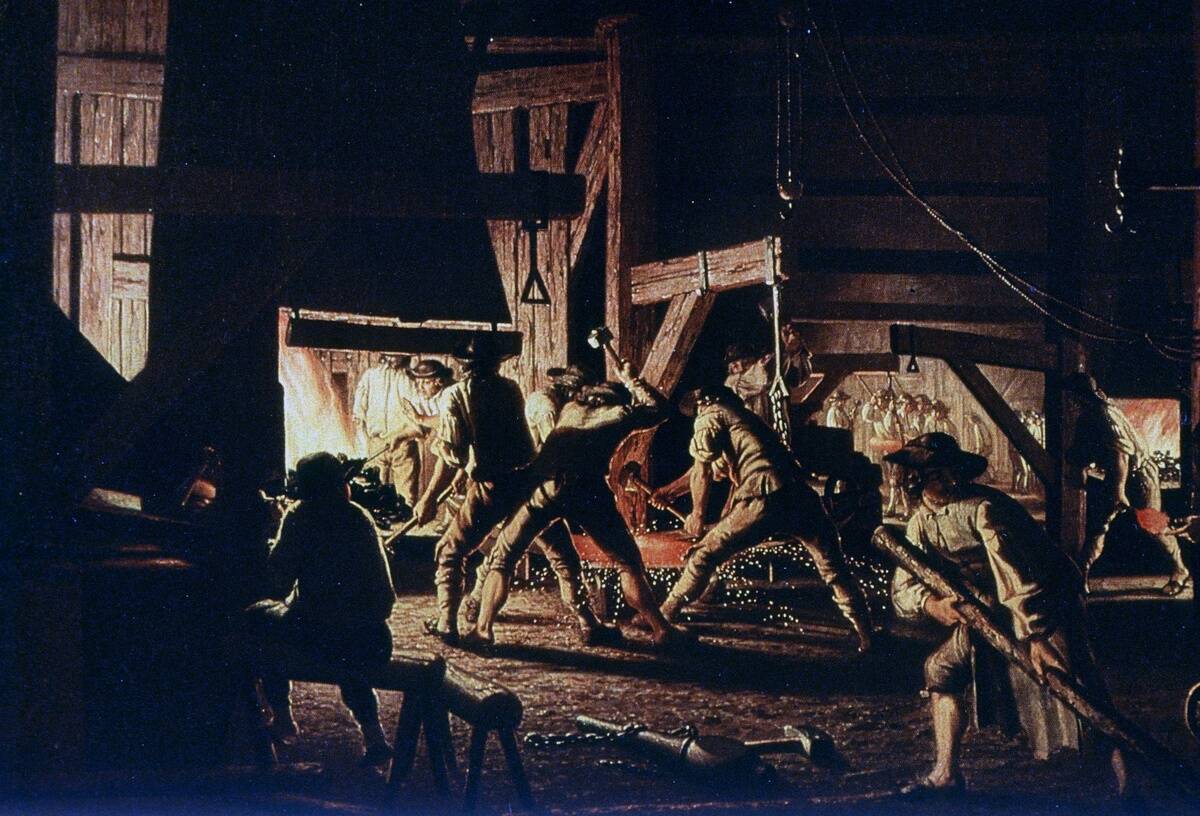
While the Industrial Revolution began in Britain, its effects quickly spread worldwide. Countries like the United States and Germany embraced industrialization, rapidly developing their own manufacturing sectors.
This global diffusion was facilitated by advancements in communication and transportation, as well as the export of British machinery and expertise. The revolution’s spread led to increased global trade and economic interdependence, setting the stage for the interconnected world we live in today.
Communication Revolution: The Telegraph and Beyond
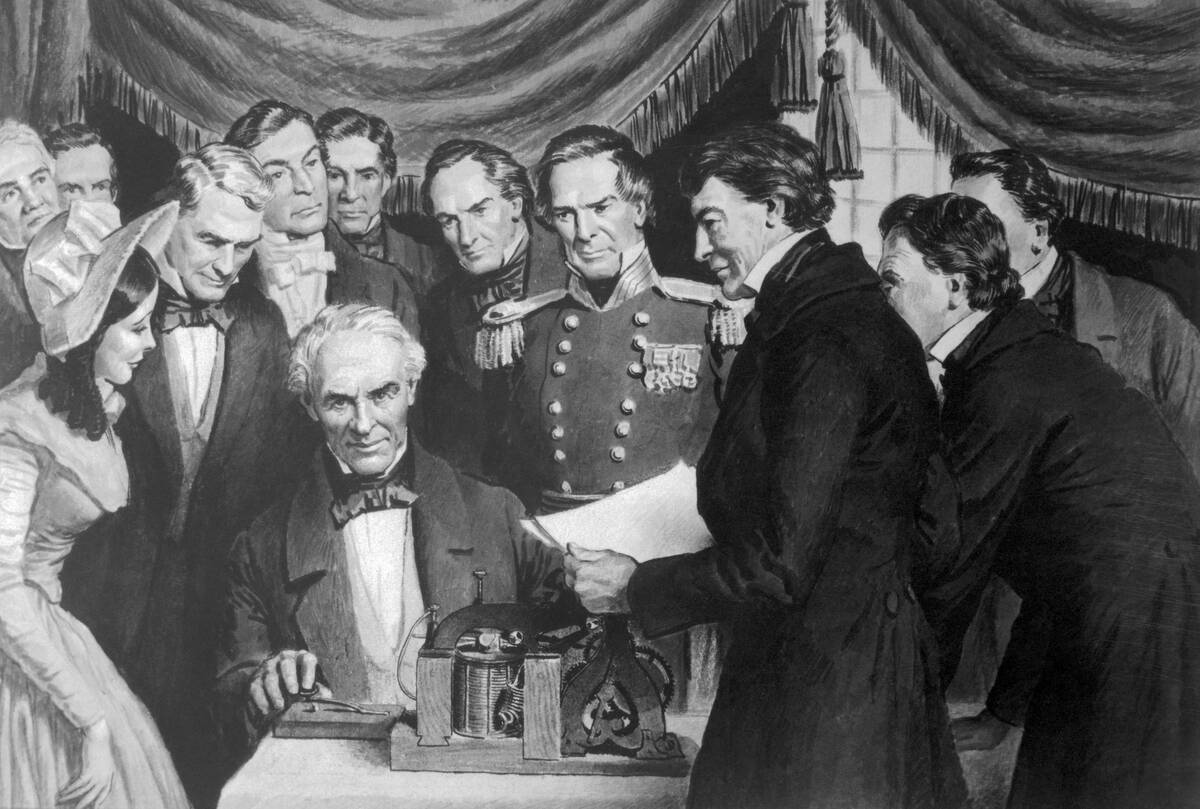
The Industrial Revolution also brought about a communication revolution, exemplified by the invention of the telegraph. Samuel Morse’s development of the Morse code and the first successful demonstration of the telegraph in 1844 transformed long-distance communication.
Messages that once took days or weeks could now be sent in minutes, revolutionizing business, journalism, and personal communication. This new technology shrank the world, laying the groundwork for further innovations like the telephone and the internet.
Challenges and Struggles: Workers’ Rights and Labor Movements
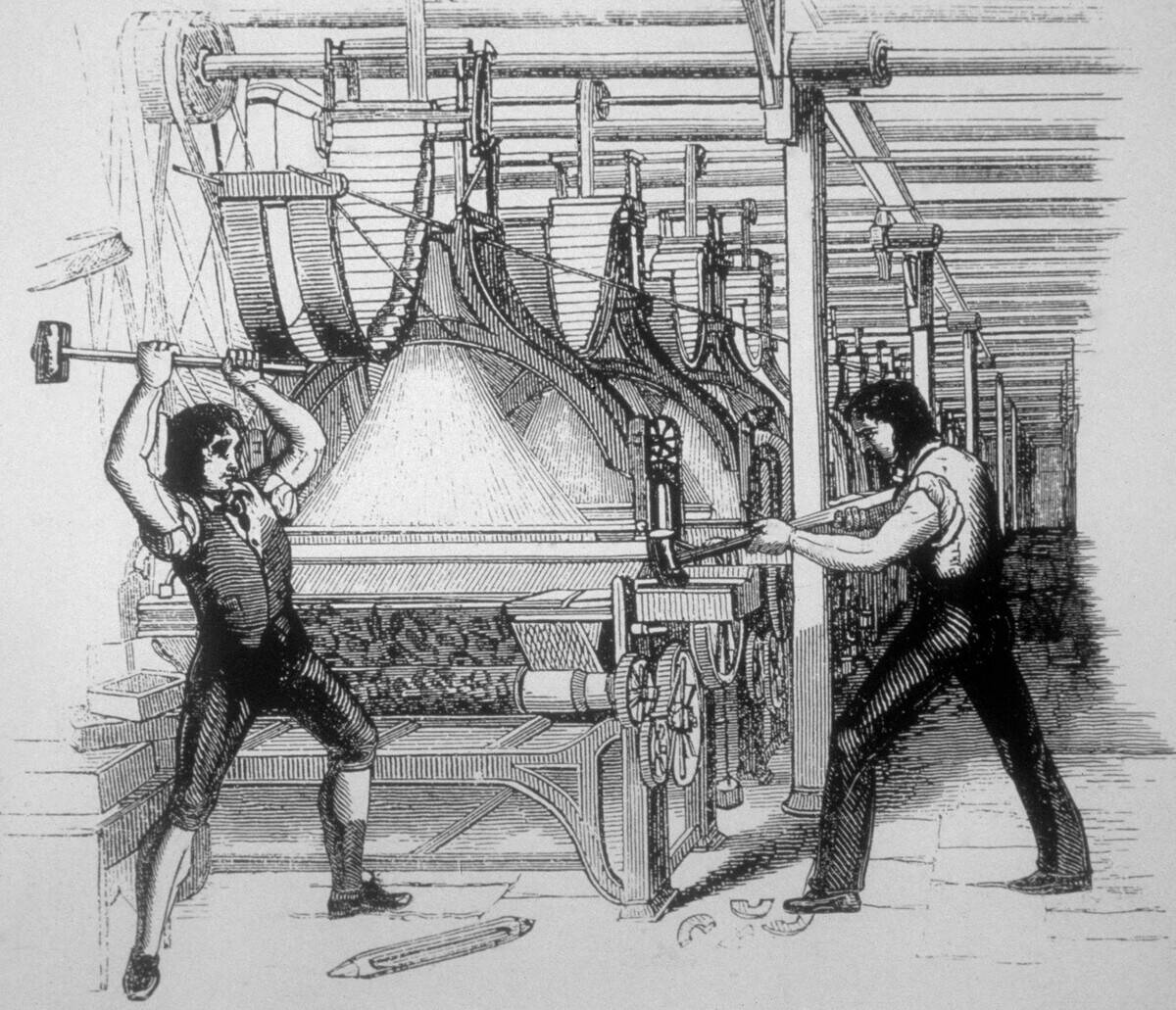
The harsh realities of industrial labor sparked the growth of workers’ rights movements. Labor unions emerged as powerful advocates for better wages, working conditions, and hours. The early 19th century saw significant strikes and protests, such as the Luddite uprisings, where workers destroyed machinery that threatened their jobs.
These movements eventually led to important reforms, including the establishment of the eight-hour workday and improved safety standards, reshaping the industrial workplace for future generations. Granted, many of these reforms wouldn’t become widespread until the 20th Century.
Women in Industry: Breaking Barriers or Reinforcing Roles?
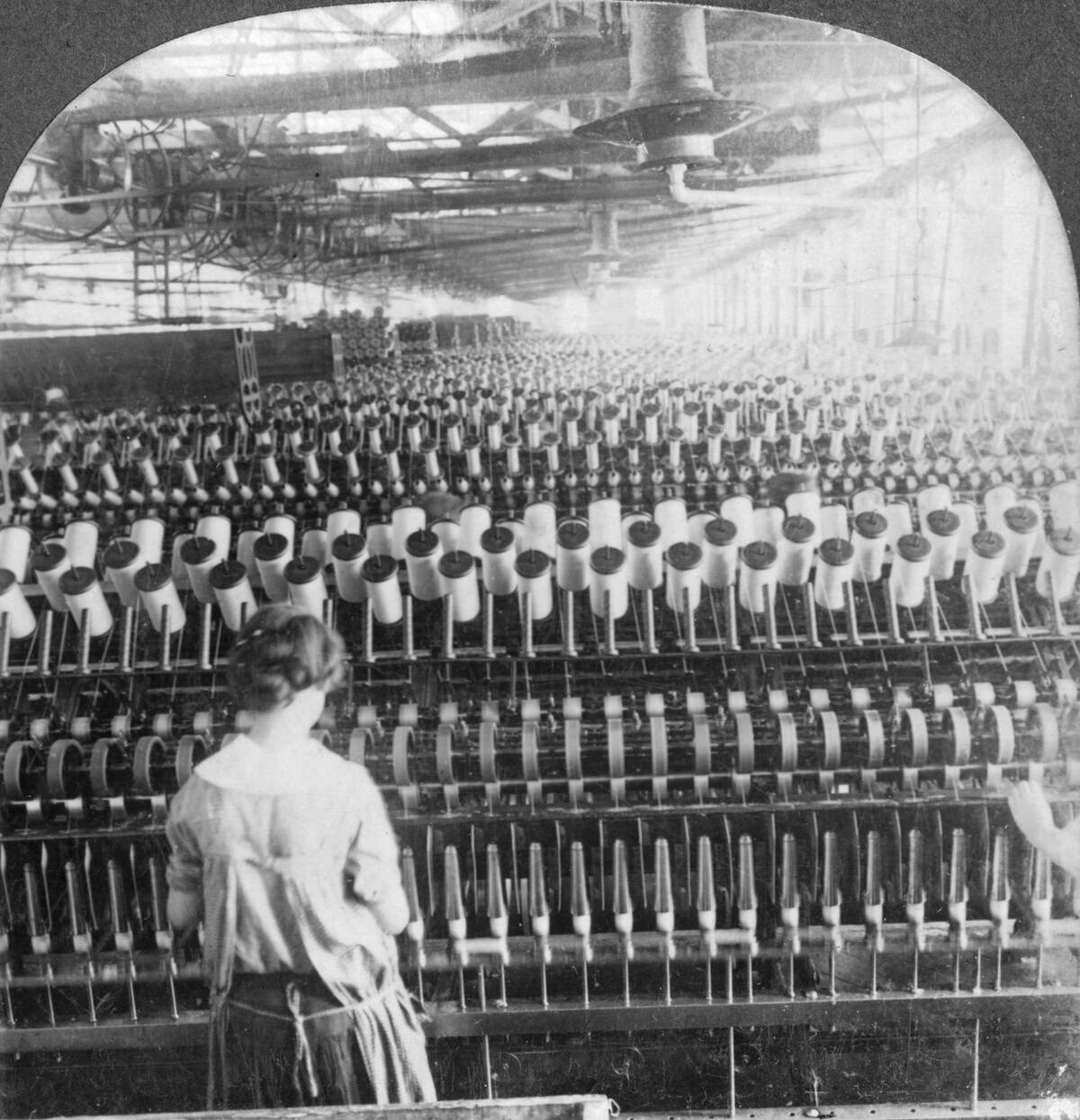
Women played a crucial yet complex role in the Industrial Revolution. Many found employment in factories, particularly in the textile industry, where they often worked under challenging conditions for lower wages than men.
While industrialization offered new opportunities, it also reinforced traditional gender roles, as women were often relegated to low-skilled jobs. Nonetheless, their participation in the workforce laid the groundwork for future movements advocating for gender equality and women’s rights.
Environmental Footprint: The Industrial Revolution’s Legacy
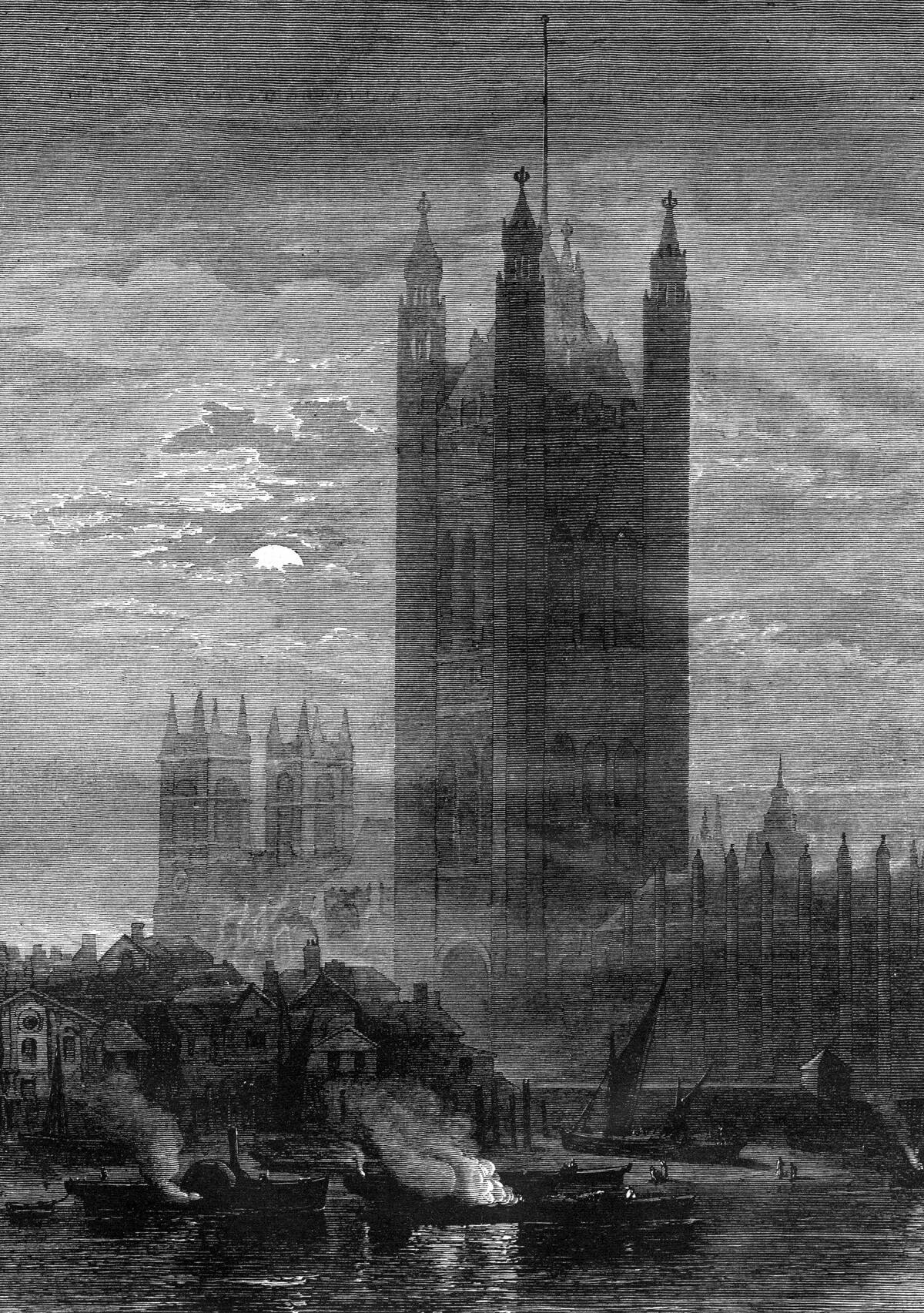
The Industrial Revolution left a significant environmental footprint, with industrialization leading to increased pollution and resource depletion. The reliance on coal as a primary energy source resulted in widespread air and water pollution, impacting public health and the natural environment.
This era marked the beginning of significant human impact on the planet, highlighting the need for sustainable practices. The environmental challenges faced during the Industrial Revolution continue to resonate today as we address climate change and sustainability.
The Role of Banking and Finance: Fueling Industrial Growth
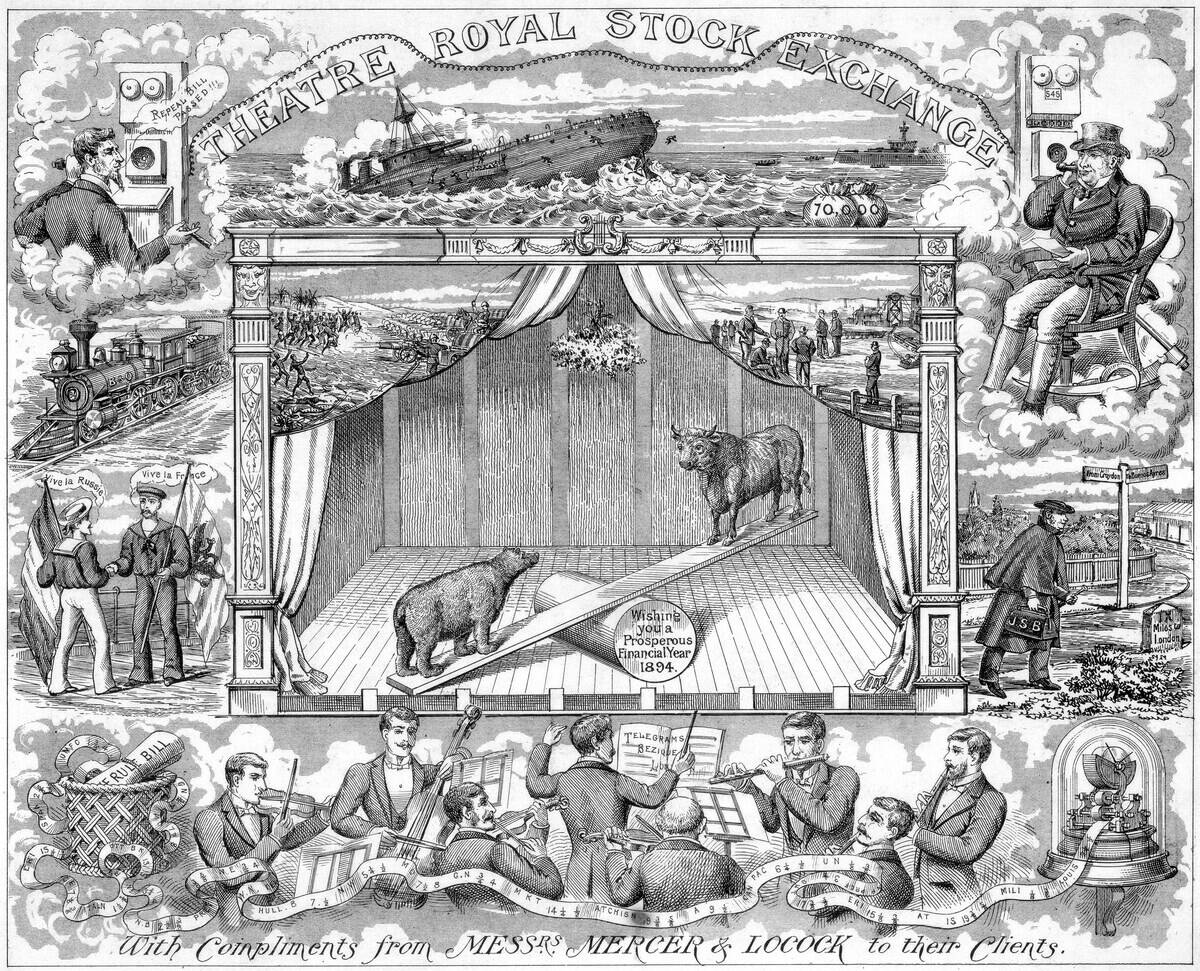
Banking and finance played a vital role in fueling the Industrial Revolution. The expansion of financial institutions provided the capital needed for industrial ventures, from building factories to developing infrastructure.
The stock market expanded mightily as a platform for investment, allowing entrepreneurs to raise funds and expand their businesses. This financial innovation not only supported industrial growth but also laid the foundation for modern capitalism, shaping the economic landscape of the 19th century and beyond.
The Arts and Literature: Cultural Responses to Industrial Change
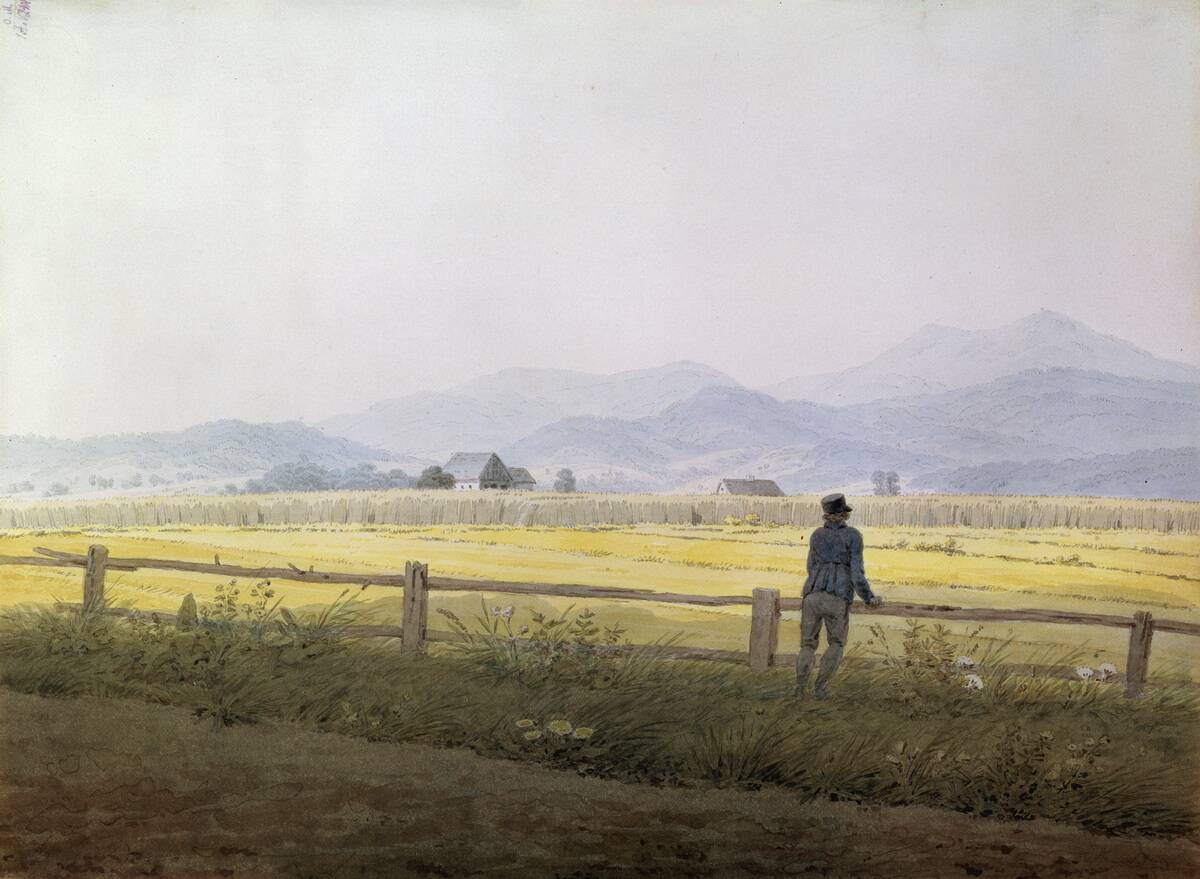
The cultural landscape of the Industrial Revolution was rich and varied, as artists and writers responded to the changes around them. The Romantic movement, for instance, emerged as a reaction against industrialization, emphasizing nature and emotion.
Writers like Charles Dickens and Elizabeth Gaskell portrayed the social injustices of the era, highlighting the human cost of progress. These cultural responses provided a critical lens through which society could examine the impacts of industrialization, fostering a dialogue that continues today.
Transportation Transformation: Roads, Canals, and Railways
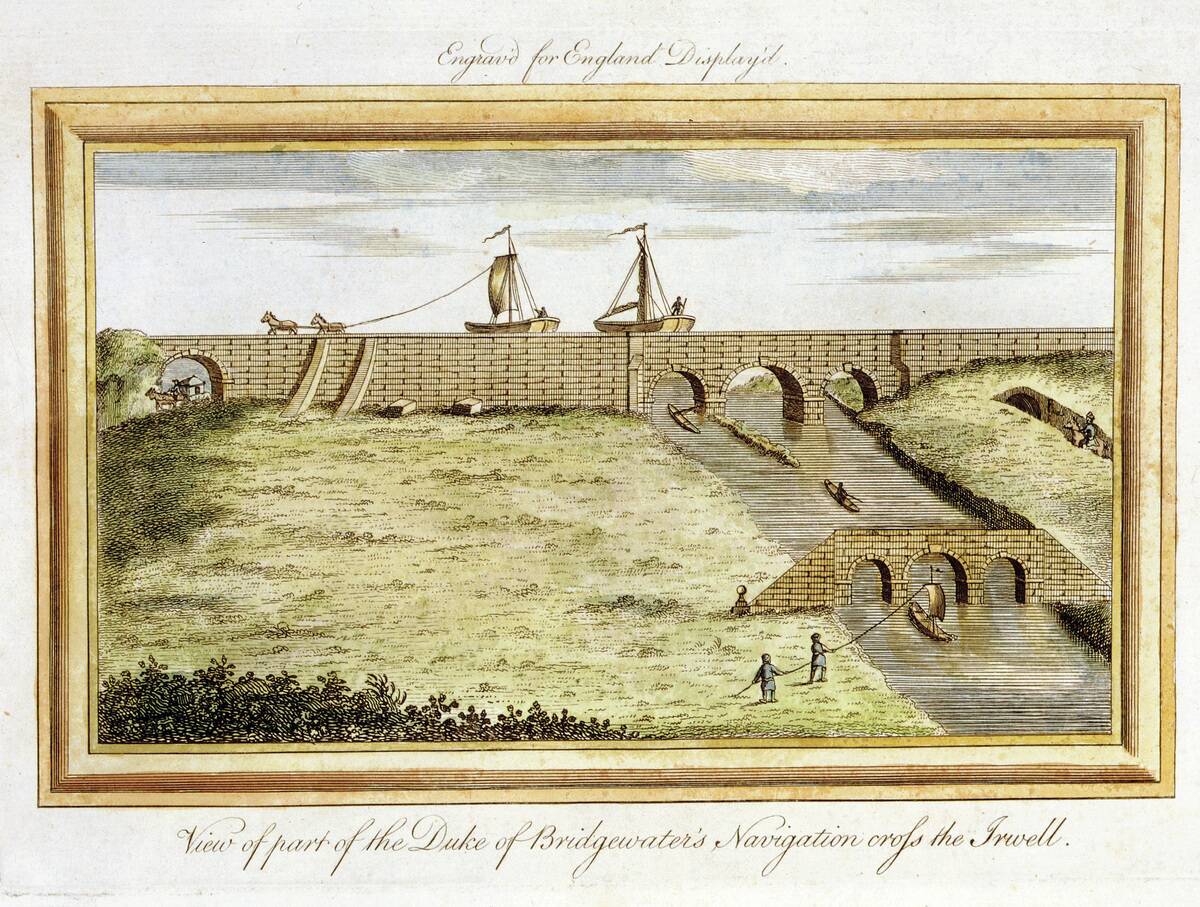
Transportation underwent a significant transformation during the Industrial Revolution. The construction of roads, canals, and railways facilitated the movement of goods and people, boosting trade and commerce.
The development of the canal system in Britain, such as the Bridgewater Canal, revolutionized the transport of heavy goods like coal. Railways, in particular, became the backbone of industrial economies, reducing travel times and costs, and connecting distant regions in ways previously unimaginable.
Health and Hygiene: Public Health Challenges in Industrial Cities
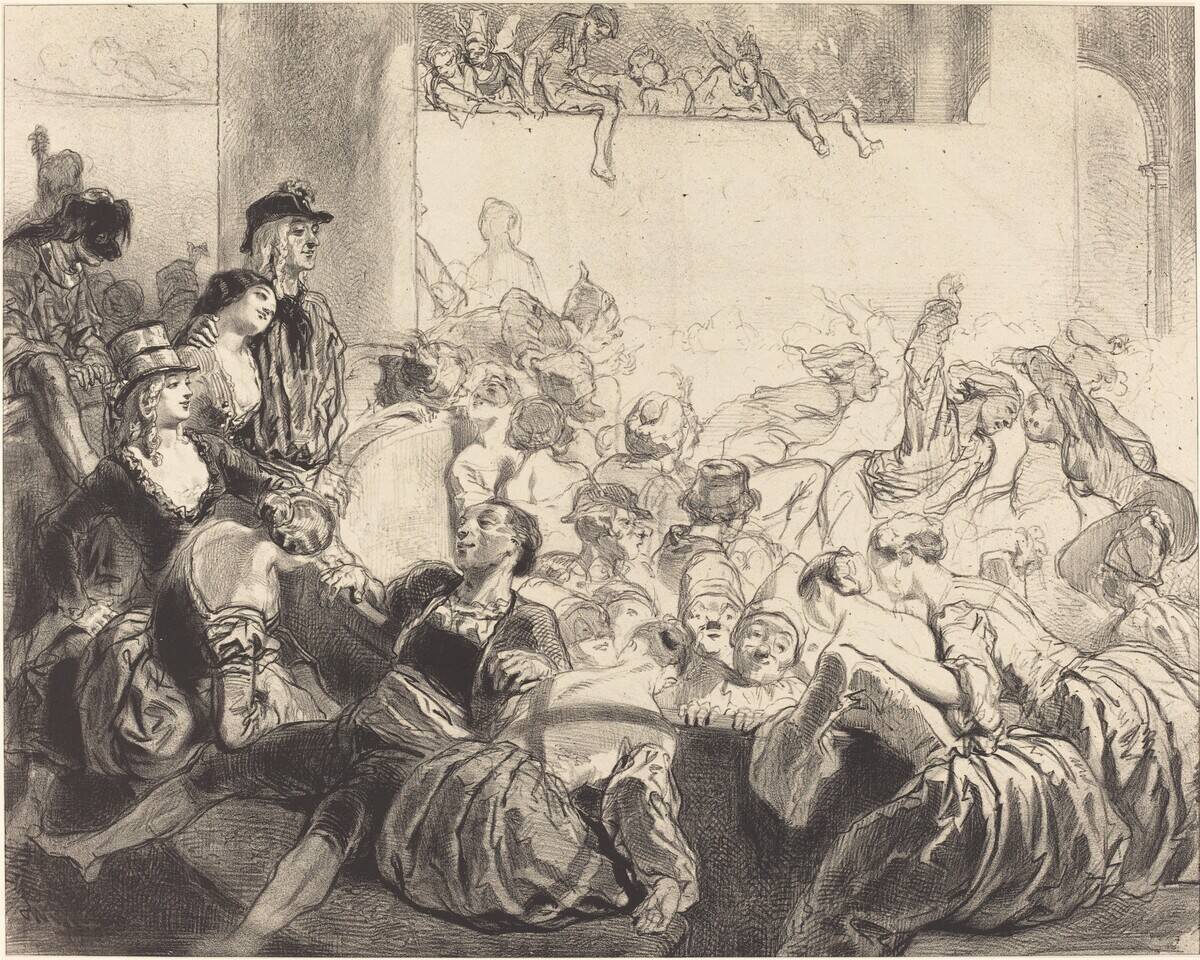
The rapid urbanization during the Industrial Revolution brought significant public health challenges. Overcrowded and unsanitary living conditions led to the spread of diseases such as cholera and typhoid. The lack of proper sewage and waste disposal systems exacerbated these issues.
In response, public health reforms were introduced, including the establishment of clean water supplies and improved sanitation infrastructure. These efforts laid the groundwork for modern public health systems, highlighting the importance of hygiene in urban planning.
Education and Innovation: The Rise of Technical Schools
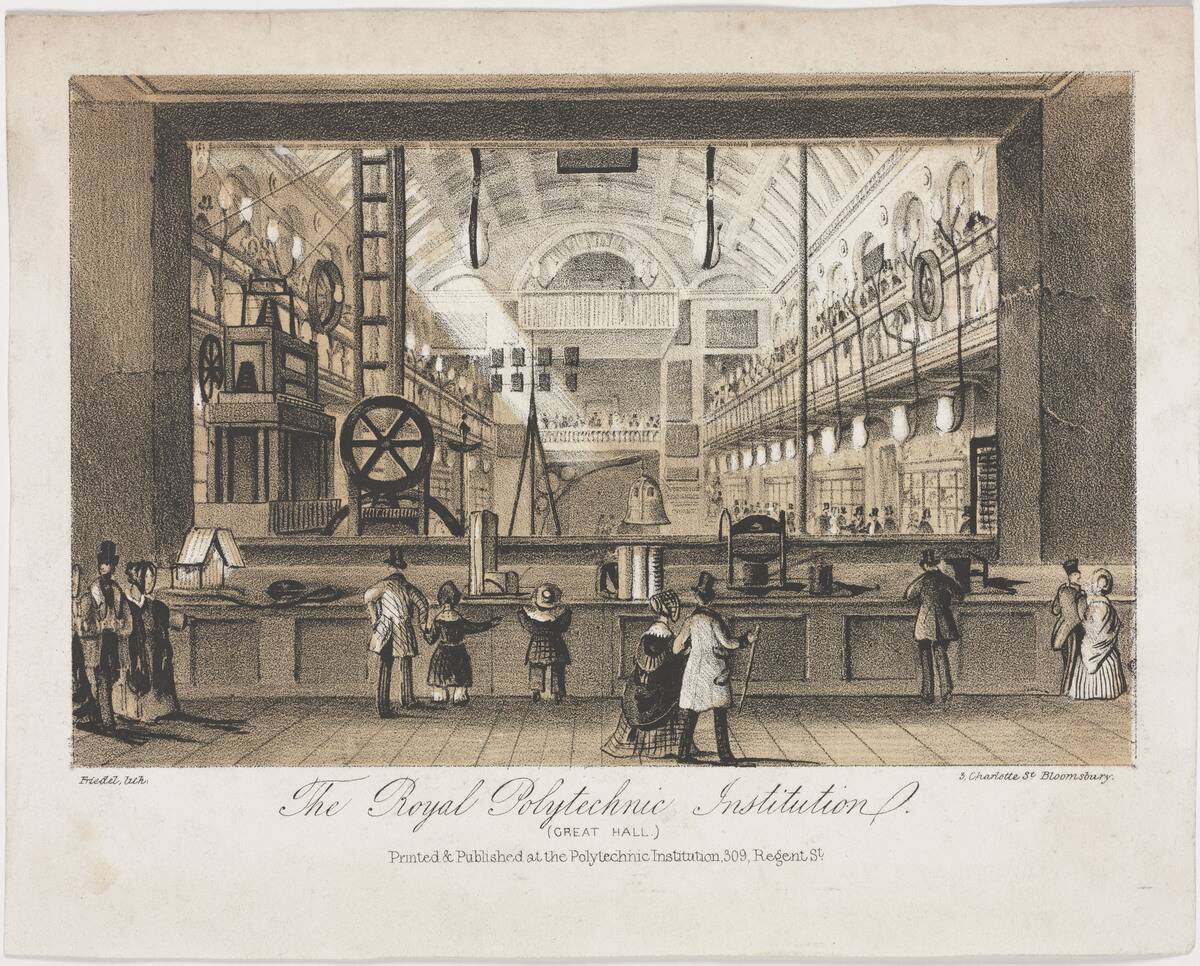
The Industrial Revolution spurred a demand for skilled workers, leading to the rise of technical schools and vocational education. Institutions like the Royal Polytechnic Institution in London, founded in 1838, aimed to provide practical training in industrial skills.
This focus on education and innovation fostered a more educated workforce, capable of driving further technological advancements. The emphasis on technical education during this period laid the foundation for modern educational systems and the knowledge economy.
The Second Industrial Revolution: A New Wave of Change
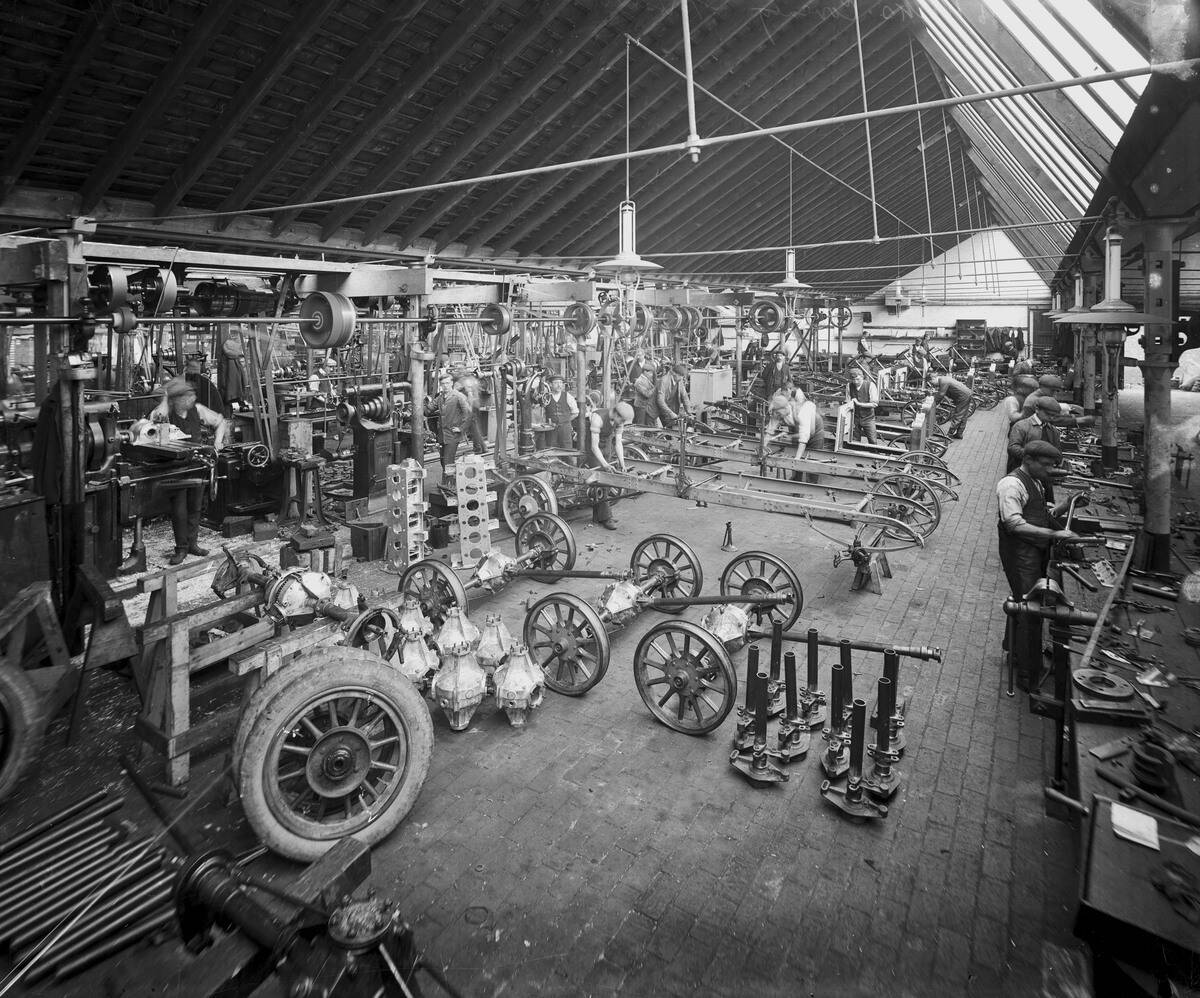
The Second Industrial Revolution, spanning the late 19th and early 20th centuries, brought about a new wave of technological advancements. This era saw the rise of electricity, the internal combustion engine, and mass production techniques like the assembly line.
Innovations in communication, such as the telephone and radio, further transformed society. This period of rapid change built upon the foundations of the first Industrial Revolution, propelling the world into an era of unprecedented growth and technological progress.
Revisiting the Industrial Revolution: Lessons for Today’s World
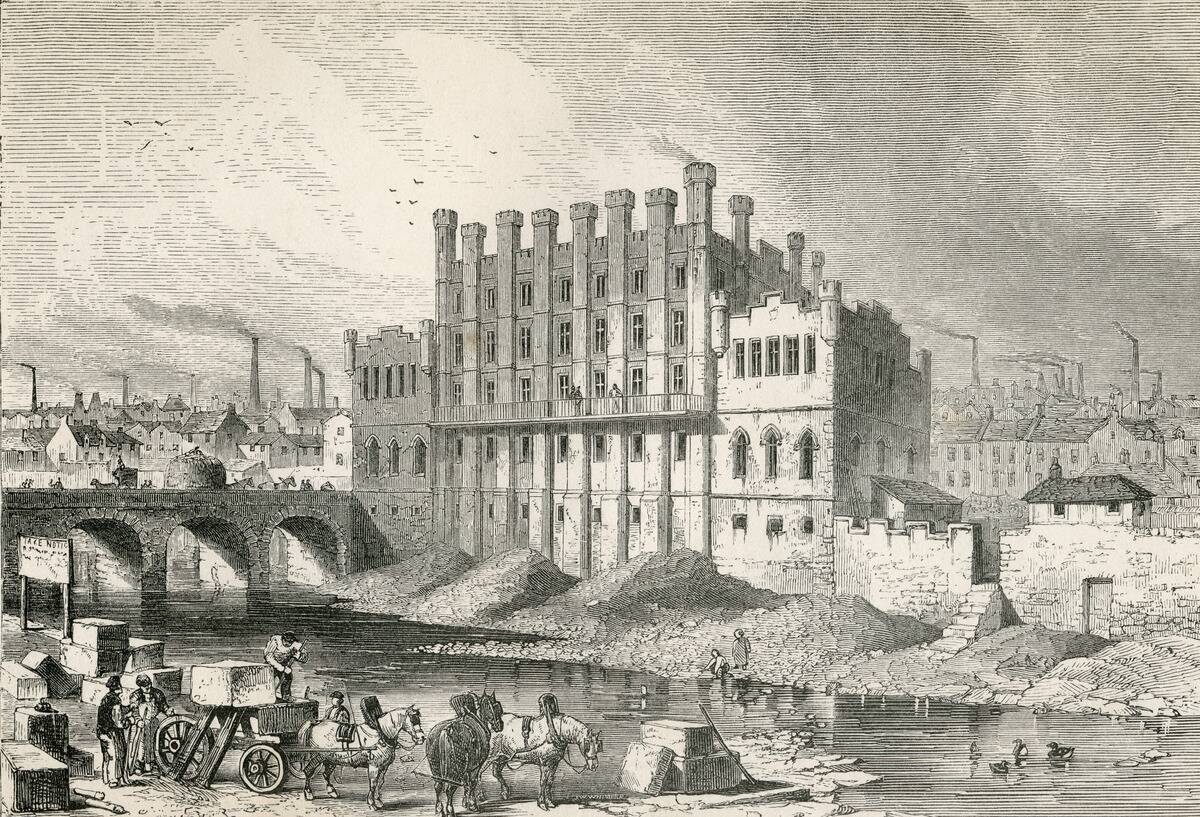
The Industrial Revolution offers valuable lessons for today’s world, particularly in addressing the challenges of technological change and sustainability. While industrialization brought significant economic and social progress, it also highlighted issues such as environmental degradation and social inequality.
As we navigate the complexities of the modern technological landscape, the lessons of the Industrial Revolution remind us of the importance of balancing progress with responsibility, ensuring that innovation benefits society as a whole.



